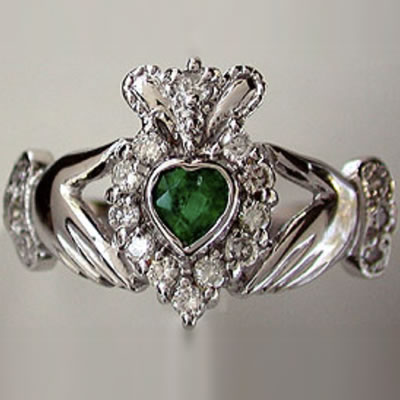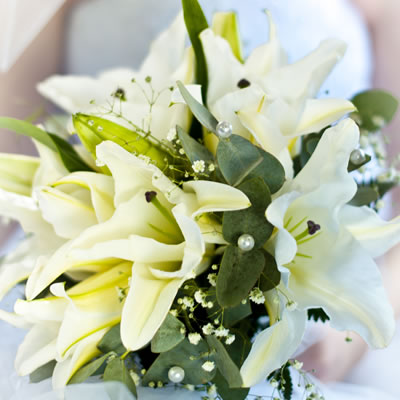Wedding Customs

Celtic Rings; known as Claddagh; “The Claddagh” distinctive design shows two hands clasping a heart with a crown. The two hands represent friendship; the heart represents love, whilst the crown represents loyalty. How the Claddagh is worn depicts whether the person is romantically available or not. Traditionally, if the ring is on the right hand with the heart facing outward and away from the body, this indicates that the person wearing the ring is not in a romantic relationship, and “their heart is open.” When worn on the right hand but with the heart facing inward towards the body, “someone has captured their heart.”

Candle Lighting; is seen as the acceptance and uniting of two families and guide the new couple on their journey.

Butterfly Release; Butterflies are regarded as a symbol of freedom and happiness. Upon vows exchanged by a couple the butterflies are released. Similarly this can be applied to doves, representing a new beginning.

Hand Fasting; A Celtic tradition / custom, which was a legitimate way for people to be married during the middle ages under Brehon Law. It comes from medieval times derived from the Old Norse: Hand festa, which means to strike a bargain by joining hands. It represents a commitment to a more intimate partnership for a limited time or a lifetime. Couples under this tradition were obliged by law to live together for a year and a day and when that expiration day came upon them and if the were not satisfied with each other, they obtained a deed of separation. Hand fasting is demonstrated with ribbons and lace ties.

Wishing Stones; Each guest is given a stone, which they cast into a body of water nearby. Should the wedding not be in a location near water you can substitute for a large vase of water and make a wish for the wedding couple. The ripple effect of the stone hitting the water represents the couple’s wish or blessing being granted.

Flowers (Bouquet); Usually presented in the form of a wreath or garland worn by the bride and groom in times gone by. This was a symbol of happiness. Traditional Celtic bouquets included heather, ivy and thistle. In today’s tradition, ivy means fidelity, lilies mean purity and orange blossoms mean happiness and fertility. Flower girls used to carry sheaves of wheat, which were a symbol of growth and renewal.

SAND OR SALT CEREMONY; this pouring of sand or salt usually takes place after the vows are exchanged, and can include children of two families symbolising unity.
